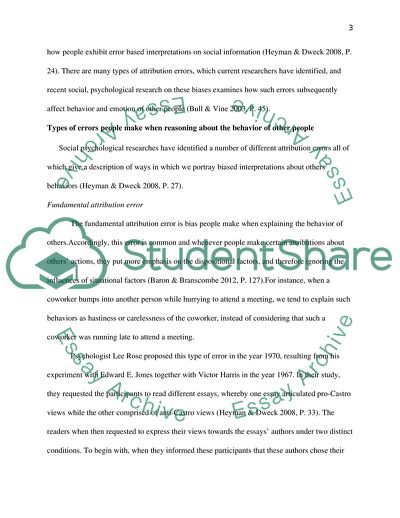Cite this document
(Explaining About Others Behavior Essay Example | Topics and Well Written Essays - 2000 words - 4, n.d.)
Explaining About Others Behavior Essay Example | Topics and Well Written Essays - 2000 words - 4. https://studentshare.org/psychology/1808281-social-psychology
Explaining About Others Behavior Essay Example | Topics and Well Written Essays - 2000 words - 4. https://studentshare.org/psychology/1808281-social-psychology
(Explaining About Others Behavior Essay Example | Topics and Well Written Essays - 2000 Words - 4)
Explaining About Others Behavior Essay Example | Topics and Well Written Essays - 2000 Words - 4. https://studentshare.org/psychology/1808281-social-psychology.
Explaining About Others Behavior Essay Example | Topics and Well Written Essays - 2000 Words - 4. https://studentshare.org/psychology/1808281-social-psychology.
“Explaining About Others Behavior Essay Example | Topics and Well Written Essays - 2000 Words - 4”. https://studentshare.org/psychology/1808281-social-psychology.


